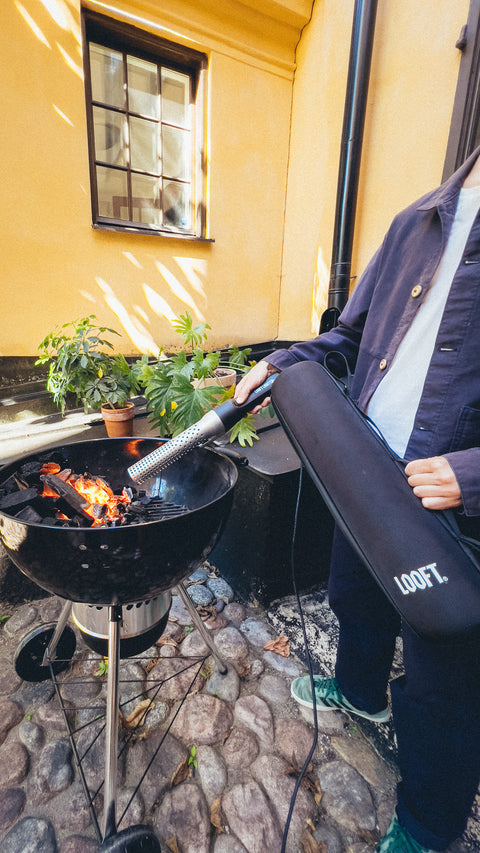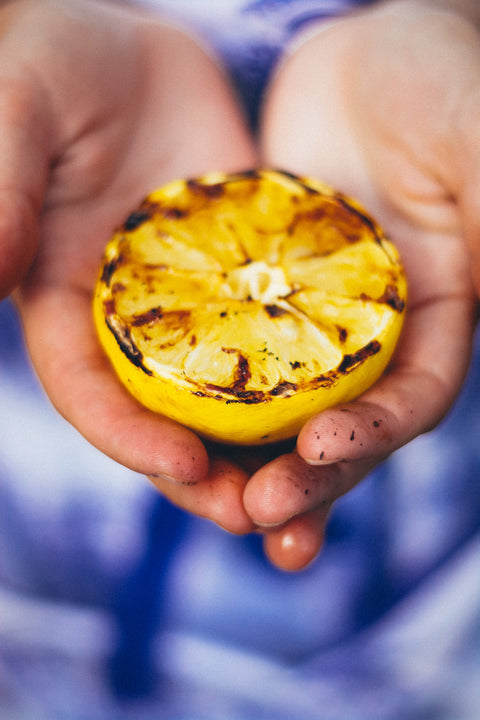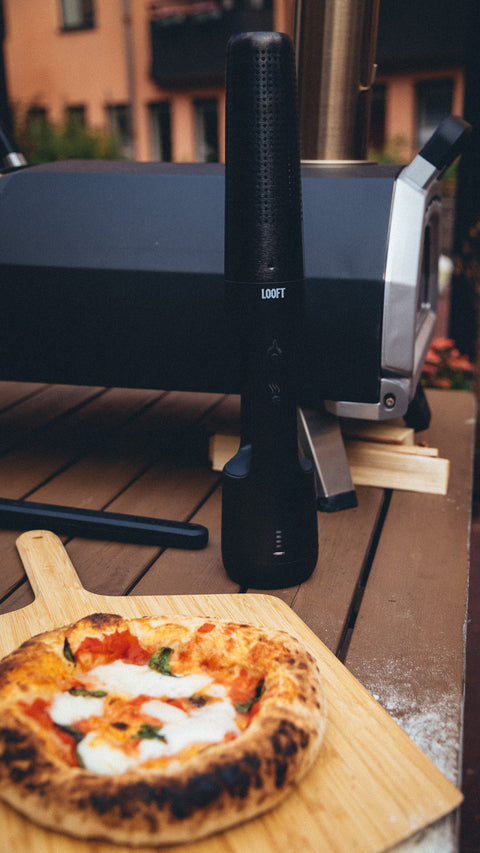Grilling: The Art of Balancing Grill Ventilation - Open or Closed?
When it comes to grilling, achieving the perfect balance of heat and airflow is essential for cooking your food to perfection. One critical aspect to consider is the position of your grill's vents. The vents play a vital role in regulating temperature, managing smoke, and ensuring efficient combustion. In this blog post, we will explore the significance of grill vent positioning, both open and closed, and how it affects your grilling experience. Let's dive in!
Open Vents for High Heat
When grilling at high temperatures, such as searing steaks or charring vegetables, it's advisable to keep the vents open. Open vents allow a greater flow of oxygen, feeding the fire and promoting hotter temperatures. The increased airflow helps the coals burn more vigorously, generating intense heat. This method is particularly effective for achieving a deep, caramelized crust on your grilled food.
Closed Vents for Low and Slow Cooking
When you're aiming for a low and slow cooking method, such as smoking large cuts of meat or ribs, closing the vents is recommended. Closing the vents limits the airflow, which reduces the oxygen supply to the fire and results in a controlled, smoldering burn. This technique allows for longer cooking times while maintaining a consistent, low temperature. The closed vents help retain the smoke within the grill, infusing your food with delicious smoky flavors.
Adjusting Vents for Temperature Control
The position of the grill vents plays a crucial role in controlling the overall temperature. If you find the grill too hot, partially close the vents to restrict the airflow and reduce the heat. On the other hand, if you need to raise the temperature, open the vents wider to allow more oxygen in, intensifying the combustion and increasing the heat output. Regularly monitor the grill's internal temperature and adjust the vents accordingly to achieve your desired cooking conditions.
Managing Smoke with Vents
Smoke management is another vital aspect of grilling, especially when using wood chips or chunks for flavor infusion. When aiming for a smokier profile, leave the vents slightly open to allow a steady flow of smoke to circulate around the food. This method ensures a continuous supply of aromatic smoke while preventing it from becoming overpowering. Adjust the vents as needed to strike a balance between smoke infusion and heat control.
Experimentation and Observation
Every grill and cooking scenario is unique, so it's essential to experiment and observe how your specific grill responds to vent adjustments. Take note of the temperature changes and smoke production with different vent positions. Over time, you'll develop a deeper understanding of how your grill behaves, allowing you to fine-tune the vent settings for optimal grilling results.
Conclusion
Grill vent positioning is a critical factor in achieving precise temperature control, managing smoke, and ultimately creating delicious grilled dishes. Understanding when to open or close the vents enables you to harness the power of airflow and oxygen supply to influence heat levels and flavor infusion. Whether you're searing at high temperatures with open vents or engaging in low and slow cooking with closed vents, finding the right balance will enhance your grilling prowess.
Remember, practice, experimentation, and observation are key. Each grill and cooking scenario may require slight adjustments to achieve the desired results. With time and experience, you'll become adept at manipulating the grill vents to unleash your culinary creativity and elevate your grilling game.
So, fire up your grill, pay close attention to vent positioning, and let your culinary instincts guide you on a flavorful grilling journey. Enjoy the thrill of controlling heat and smoke, and savor the delectable results that await.
Q&A
Q. How do I know the best adjustments for my grill?
A. Remember, practice, experimentation, and observation are key. Each grill and cooking scenario may require slight adjustments to achieve the desired results. With time and experience, you'll become adept at manipulating the grill vents to unleash your culinary creativity and elevate your grilling game.
Q. Is there an exact positioning of the vents on the grill that is the best?
A. Every grill and cooking scenario is unique, so it's essential to experiment and observe how your specific grill responds to vent adjustments. Take note of the temperature changes and smoke production with different vent positions. Over time, you'll develop a deeper understanding of how your grill behaves, allowing you to fine-tune the vent settings for optimal grilling results.
Q. Does the vents of the grill affect the temperature?
A. The position of the grill vents plays a crucial role in controlling the overall temperature. If you find the grill too hot, partially close the vents to restrict the airflow and reduce the heat. On the other hand, if you need to raise the temperature, open the vents wider to allow more oxygen in, intensifying the combustion and increasing the heat output. Regularly monitor the grill's internal temperature and adjust the vents accordingly to achieve your desired cooking conditions.



